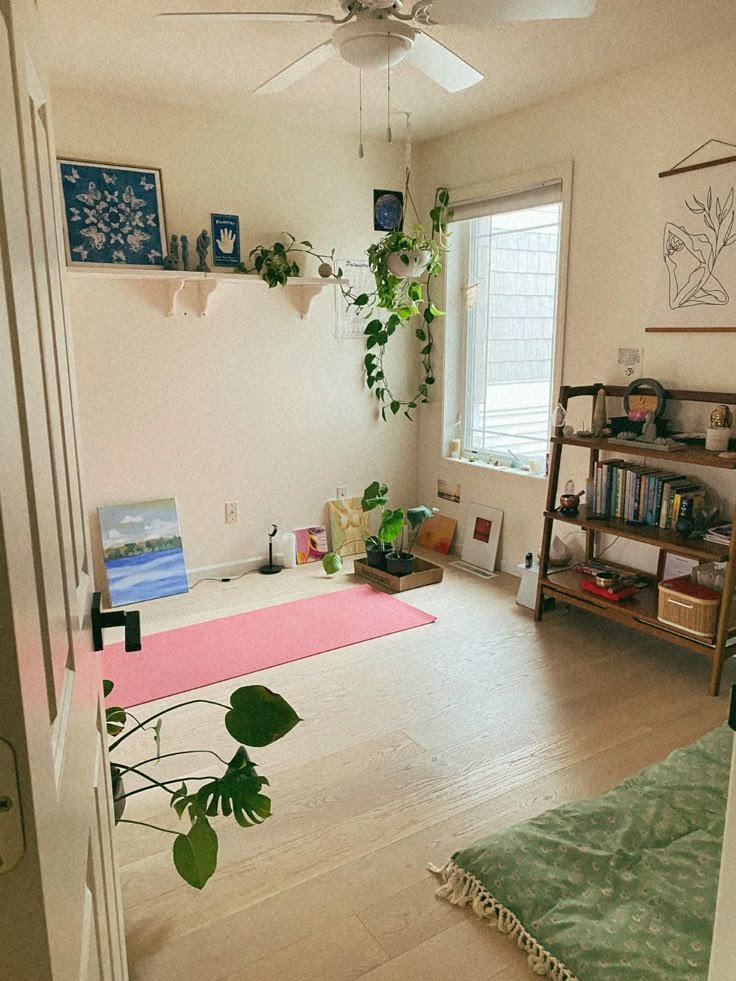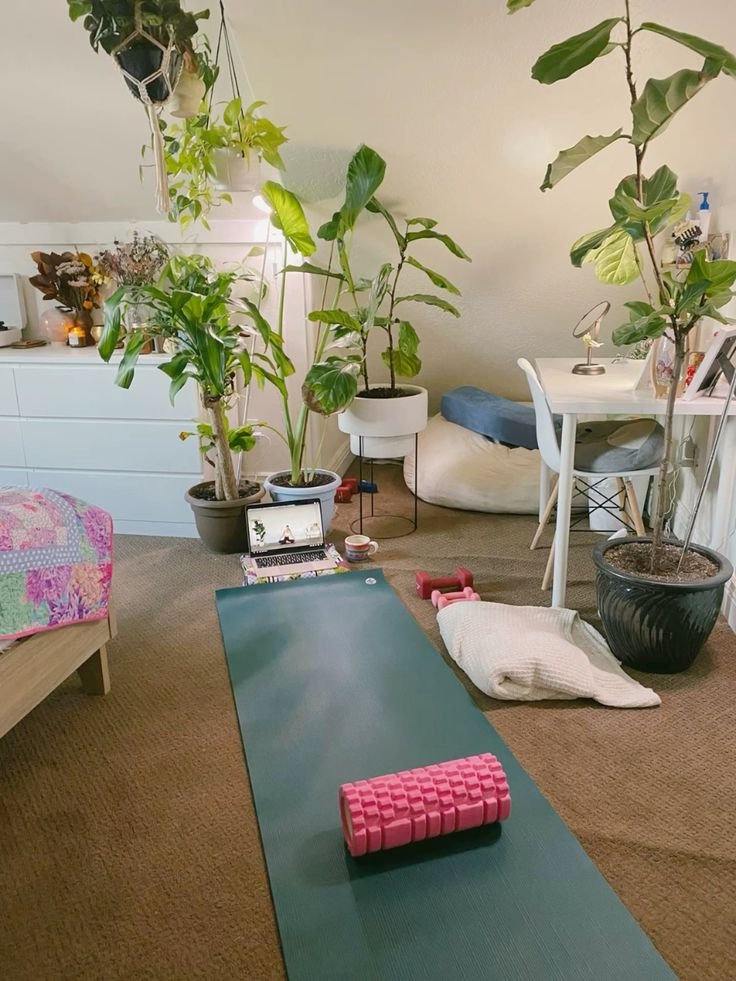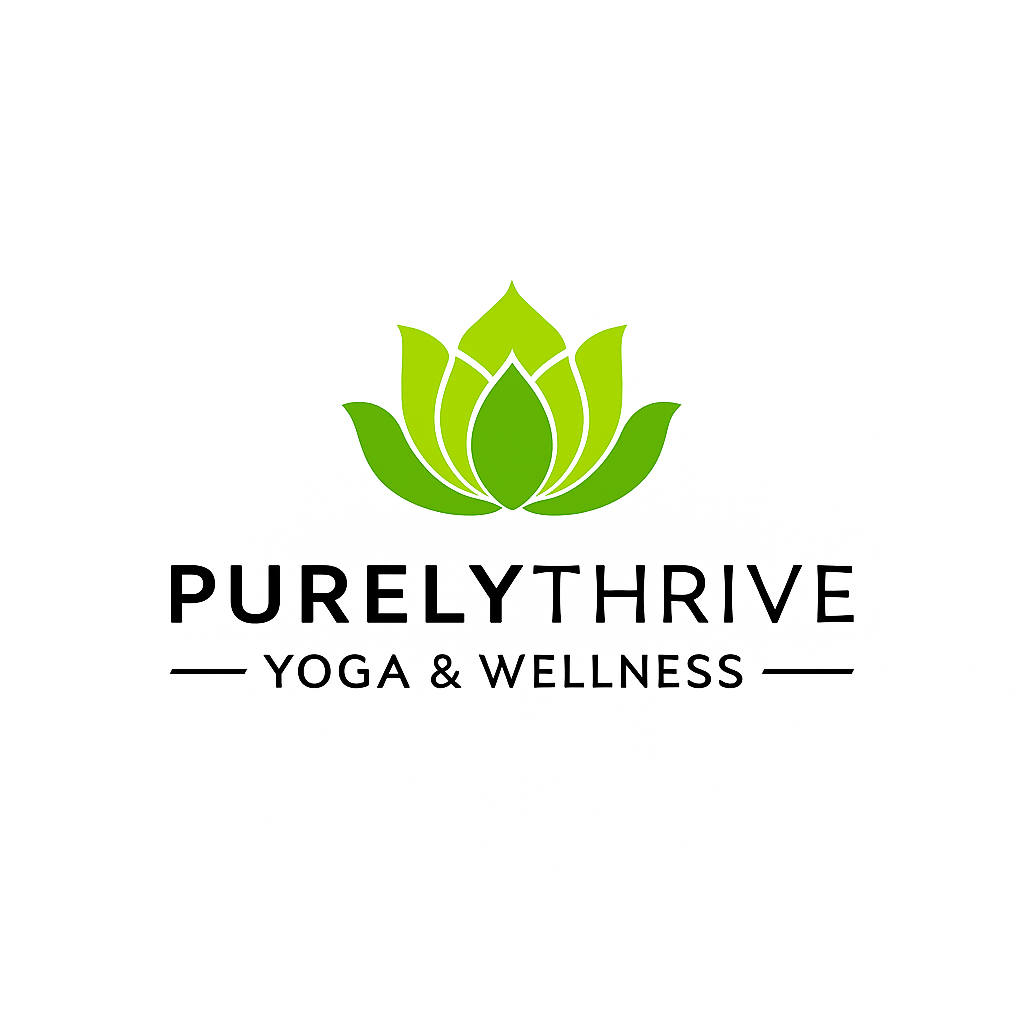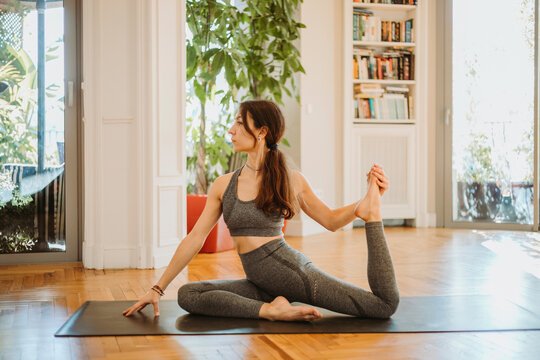Having a home yoga space can change how someone feels about their daily practice. Many people skip yoga because they don’t have a calm place to roll out their mat. Creating a peaceful home yoga space doesn’t require a whole room – even a small corner can become a relaxing sanctuary with the right setup.
The key is making a space that feels separate from daily life stress. This means thinking about what the eyes see, what the body feels, and what creates a sense of calm. Simple changes like adding soft lighting, comfortable textures, and removing clutter can make any area feel more peaceful.
Whether someone has five minutes or an hour to practice, having a dedicated yoga space makes it easier to stay consistent. The space doesn’t need to be perfect or expensive. It just needs to feel welcoming and help create a moment of peace in a busy day.
Key Takeaways
- Any small area in the home can become a peaceful yoga space with thoughtful planning and simple changes.
- Focus on creating calm through lighting, textures, colors, and removing distractions from the practice area.
- A dedicated yoga space helps maintain a consistent practice and provides a daily retreat from stress.


Setting Up Your Home Yoga Space
The foundation of a successful home yoga practice lies in selecting an appropriate location, gathering essential equipment, and creating a dedicated meditation area. These three elements work together to transform any space into a peaceful sanctuary for yoga and mindfulness.
Choosing the Perfect Spot
The location of a home yoga space significantly impacts the quality of practice. A person needs at least 6×6 feet of clear floor space to move comfortably during yoga sessions.
Natural light makes the biggest difference. Rooms with windows provide the ideal environment for morning yoga practice. When natural light isn’t available, soft adjustable lighting works well instead.
Good airflow keeps the space comfortable during active sessions. Well-ventilated areas prevent overheating and stuffiness. A small fan can help if the chosen room lacks proper ventilation.
Privacy matters for focus. The yoga room should be away from high-traffic areas where interruptions happen frequently. Quiet corners or spare bedrooms often work perfectly for this purpose.
Must-Have Yoga Essentials
A quality yoga mat forms the foundation of any home yoga practice. Eco-friendly options include natural rubber, cork, and jute materials. These provide excellent grip while supporting environmental values.
Essential yoga props enhance practice:
- Yoga blocks for pose modifications
- Straps for flexibility work
- Bolsters for restorative poses
- Blankets for warmth during relaxation
Storage keeps the yoga space organized and peaceful. Wall-mounted shelves work well for displaying props. Decorative baskets hide blankets and cushions while maintaining the room’s aesthetic.
Mat care extends equipment life. Natural cleaners made from essential oils keep yoga mats fresh without harsh chemicals. Regular cleaning prevents odors and maintains grip quality.
Establishing a Meditation Corner
A dedicated meditation space within the yoga room creates a focal point for mindfulness practice. This area doesn’t need much space but should feel separate from the movement area.
Comfortable seating supports longer meditation sessions. A meditation cushion, folded blanket, or small bench provides proper posture support. The seating should allow the hips to sit slightly higher than the knees.
Calming elements enhance the meditation experience:
- Essential oil diffuser with lavender or eucalyptus
- Himalayan salt lamp for soft lighting
- Small altar with meaningful objects
- Air-purifying plants like snake plants
The meditation corner should face away from distractions. Many people prefer positioning it near a window for natural light or facing a blank wall for better focus.
Designing a Calm and Inviting Atmosphere
The right atmosphere can make any yoga space at home feel like a peaceful retreat. Simple changes to colors, lighting, scents, and natural elements can transform even the smallest corner into a place that supports yoga and mindfulness.
Decor and Calming Colors
Calming colors set the foundation for a peaceful yoga practice. Soft blues, gentle greens, and warm earth tones help create a sense of calm. These colors naturally reduce stress and make it easier to focus during practice.
Neutral tones work well as base colors. Whites, creams, and light grays make spaces feel larger and more open. They also pair well with accent colors.
Cool colors like pale blue and sage green promote relaxation. These shades remind people of nature and help lower heart rate. They work especially well in spaces with lots of natural light.
Warm earth tones like soft browns and muted oranges create a cozy feeling. These colors make people feel grounded and secure. They work well in smaller spaces or rooms with less light.
Wall art should be simple and peaceful. Nature scenes, abstract patterns, or inspirational quotes can add personality without creating distractions. Keep decorations minimal to maintain focus.
Lighting and Ambience
Good lighting creates the right mood for yoga practice. Harsh overhead lights can feel jarring and make it hard to relax. Soft, warm lighting helps the mind settle into a peaceful state.
Natural light is the best option when available. Windows provide gentle, changing light throughout the day. Sheer curtains can soften bright sunlight while still letting light in.
Candles create instant ambience and warmth. They provide soft, flickering light that feels calming. Tea lights or pillar candles work well and are safe options.
Lamps and fairy lights offer controllable soft lighting. Table lamps with warm bulbs or string lights can create a cozy glow. Salt lamps also provide gentle orange light that many people find soothing.
Dimmers allow people to adjust lighting based on their practice. Brighter light works well for active poses. Dimmer settings help with relaxation and meditation.
Aromatherapy and Scents
Pleasant scents can enhance the yoga experience and help create a spa-like feeling at home. An essential oil diffuser is one of the easiest ways to add calming aromas to a yoga space.
Lavender is known for promoting relaxation and reducing stress. It works well for evening practice or restorative yoga. A few drops in a diffuser can fill the space with this calming scent.
Eucalyptus helps clear the mind and opens breathing passages. This fresh scent works well for morning practice or more active yoga sessions.
Sandalwood creates a grounding, meditative atmosphere. This warm, woody scent supports deeper focus during practice.
Incense sticks offer another option for adding scent. They create a traditional yoga studio feeling. Choose natural, high-quality options to avoid harsh chemicals.
Adding Natural Elements
Natural elements bring life and fresh energy to a yoga space. Plants, natural materials, and outdoor connections help create a peaceful environment that supports practice.
Plants improve air quality and add natural beauty. Succulents are easy to care for and work well in small spaces. Snake plants and peace lilies also thrive indoors with minimal care.
Natural materials like bamboo, wood, and stone create texture and warmth. A wooden shelf for props or a stone bowl for small items adds natural touches without clutter.
Fresh air makes any space feel more alive. Opening windows when weather allows brings in natural sounds and fresh oxygen. This connection to the outdoors enhances the practice experience.
Small water features like tabletop fountains add gentle sounds and humidity. The sound of flowing water can help mask outside noise and create a spa-like atmosphere.


Leave a Reply